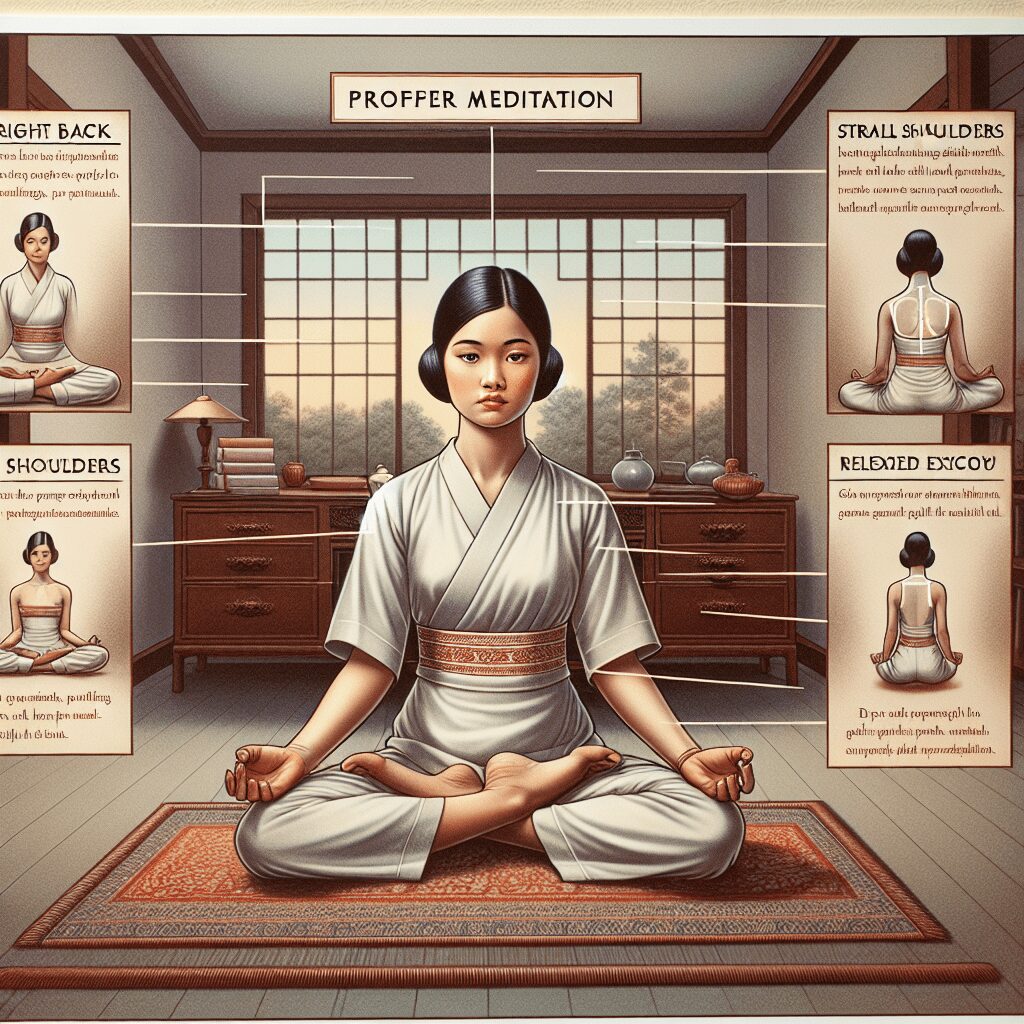
Prioritize your mental well-being daily. Enhance your life by nurturing your mental health with the Smart Meditation app. Break free from stress, alleviate anxiety, and enhance your sleep quality starting today.
How Many Anxiety People Are There In The World?
Unraveling the Veil: The Global Reach of Anxiety
In an era where stress seems to be a constant companion, anxiety has silently woven its way into the lives of countless individuals across the globe. It’s akin to a shadow, always lurking, often unnoticed until it rears its head in the form of restless nights or racing thoughts. But just how expansive is anxiety’s grip on our world? Let’s delve into the numbers and explore the widespread prevalence of this mental health condition.
A Closer Look at the Numbers
To put it succinctly, if anxiety were a country, it would be one of the largest by population. According to estimates from the World Health Organization (WHO) and various psychiatric research, anxiety disorders affect approximately 264 million people worldwide. But this number is just the tip of the iceberg, considering that countless cases likely go unreported due to stigma, lack of resources, or awareness.
Here’s a breakdown to give you a clearer picture: Generalized Anxiety Disorder (GAD): Plaguing the minds of about 6.8 million adults in the US alone, this form manifests as relentless worry and fear about general life circumstances. Panic Disorder: Marked by sudden, intense episodes of fear, affects around 6 million Americans. Social Anxiety Disorder: Affecting 15 million American adults, this form is characterized by an overpowering fear of social situations.
Beyond the Numbers
But here’s the kicker, folks. Anxiety doesn’t discriminate—it can hit anyone, regardless of age, gender, or socioeconomic status. It’s like the unwelcome guest at a party, showing up irrespective of whether you invited it or not. What’s more, the impact of global events, such as the COVID-19 pandemic, has only served to throw gasoline on this already raging inferno, catapulting the levels of anxiety and stress to unprecedented heights.
Navigating Through the Fog
Alright, now that we’ve painted quite the grim picture, let’s shift gears and talk solutions. Managing anxiety is akin to learning to dance in the rain—it’s about finding joy and peace amidst the storm. Here are a few strategies that folks have found useful: Mindfulness and Meditation: These practices aren’t just New Age fluff; they’re scientifically proven methods to anchor your mind and alleviate stress. Physical Activity: Whether it’s a jog in the park or a session at the gym, getting those endorphins pumping can be a game-changer. Therapy: Sometimes, talking it out with a professional can provide insights and coping mechanisms that you hadn’t considered.
Crucially, shaking off the stigma associated with mental health and encouraging open conversations is paramount. It’s about recognizing that it’s okay not to be okay and that seeking help is not a sign of weakness but of strength.
The Road Ahead
As we forge ahead, it’s vital to continue raising awareness and fostering understanding about anxiety and its impacts. By embracing empathy, promoting mental well-being, and pushing for accessible mental health resources, we can make strides toward a world where the shadow of anxiety no longer looms as large.
So, while the numbers paint a daunting picture, there’s always a flicker of hope on the horizon. After all, it’s through unity, education, and compassion that we can begin to untangle the complex web of anxiety, ensuring a brighter, healthier future for all.





